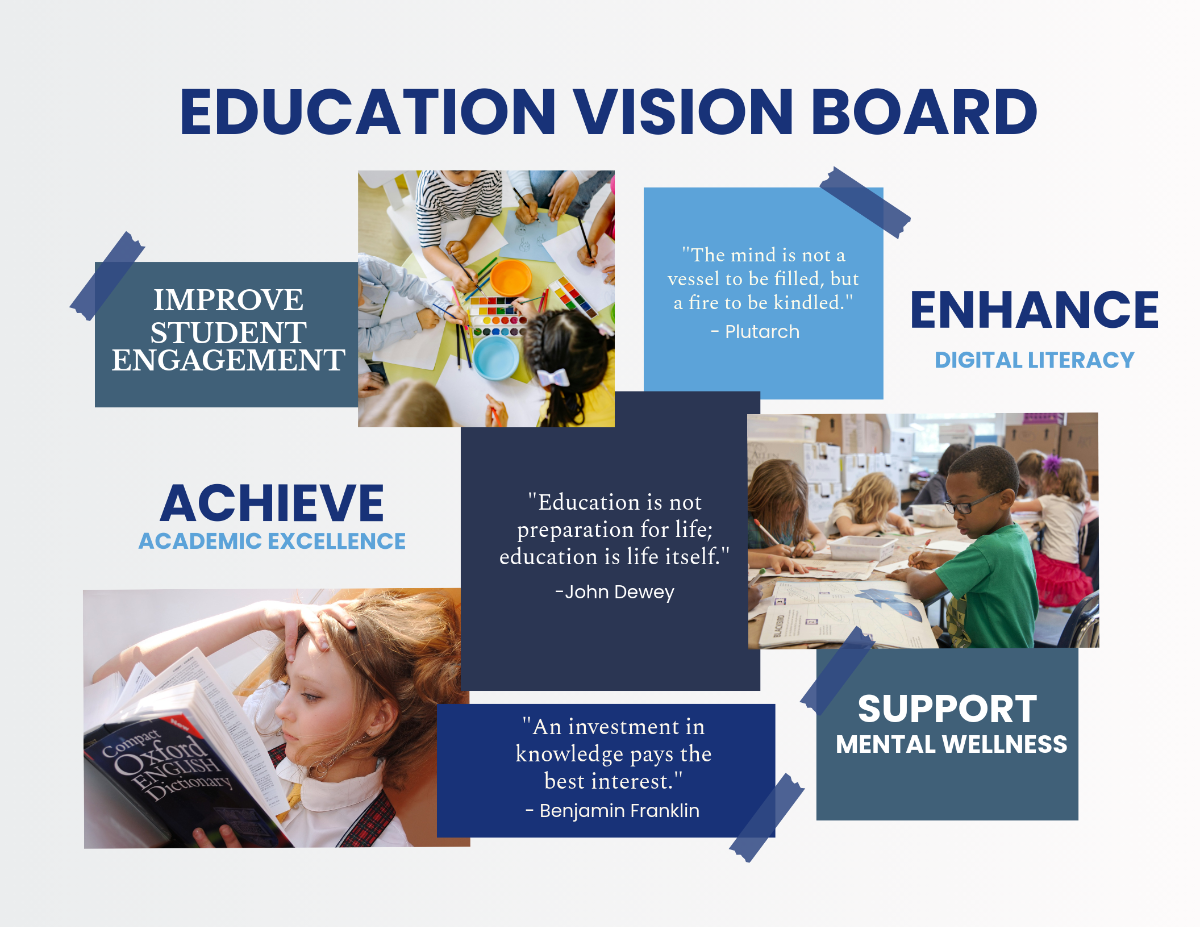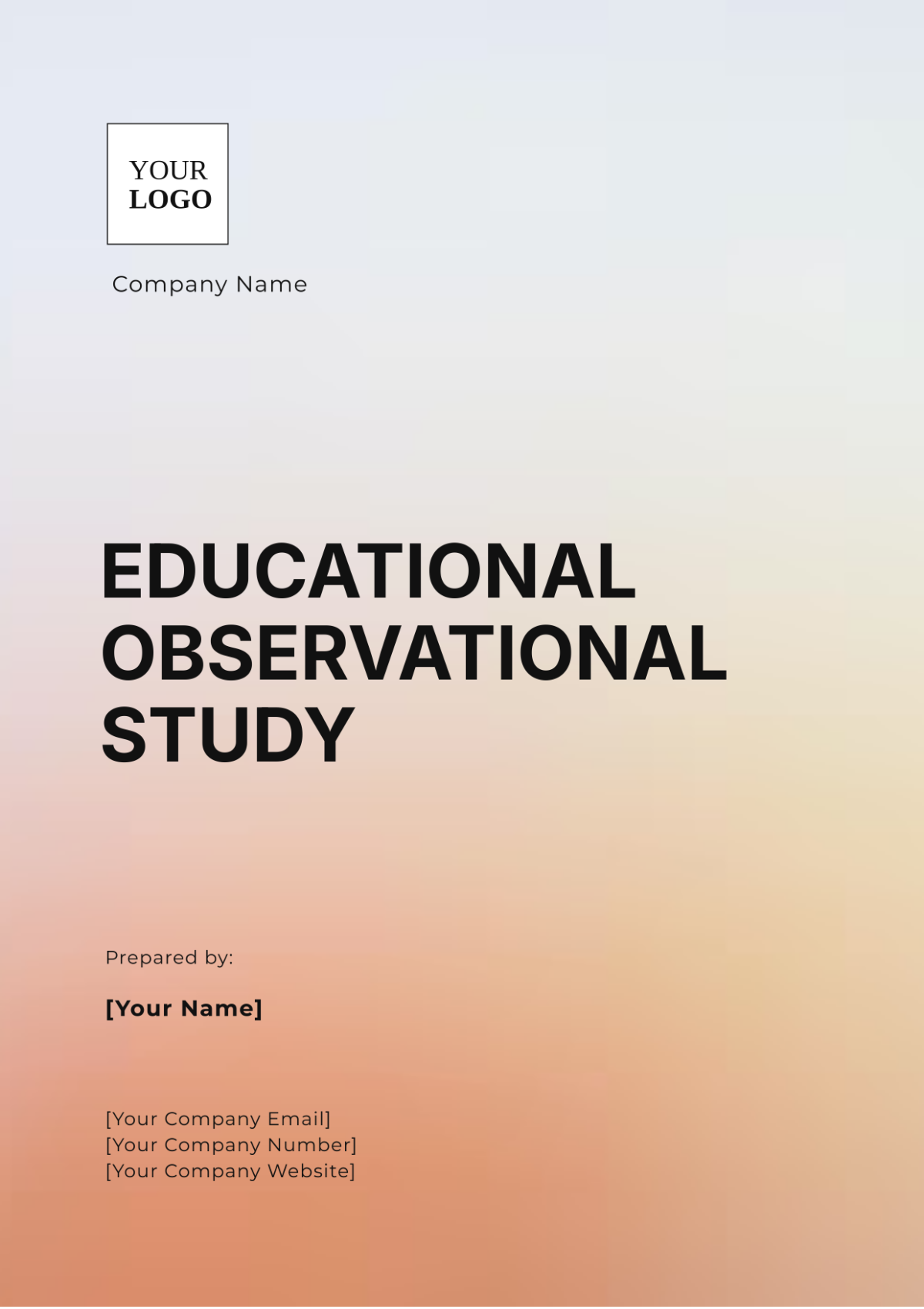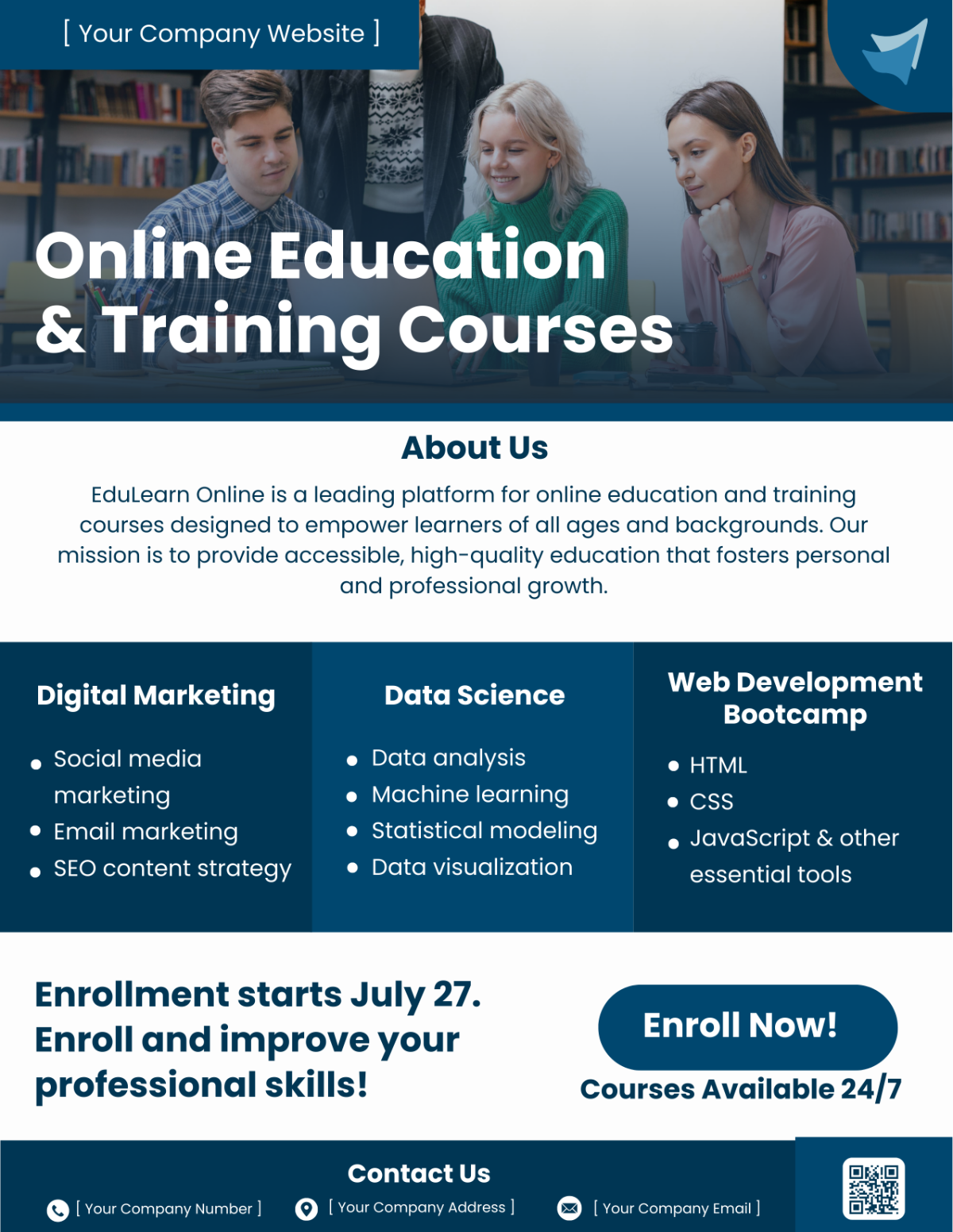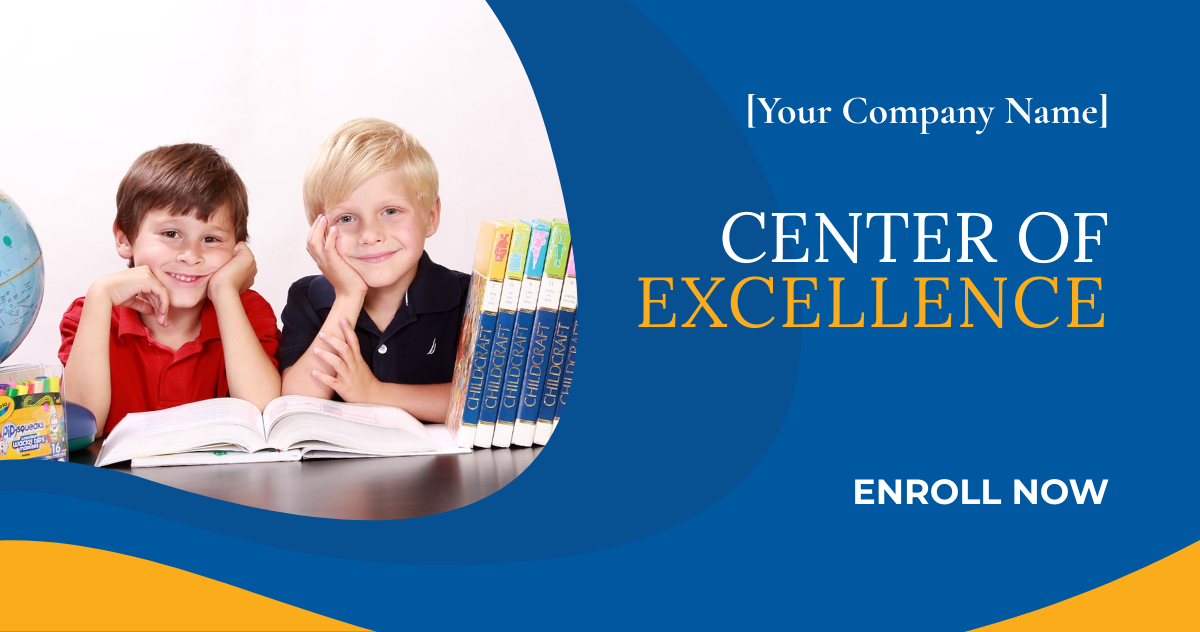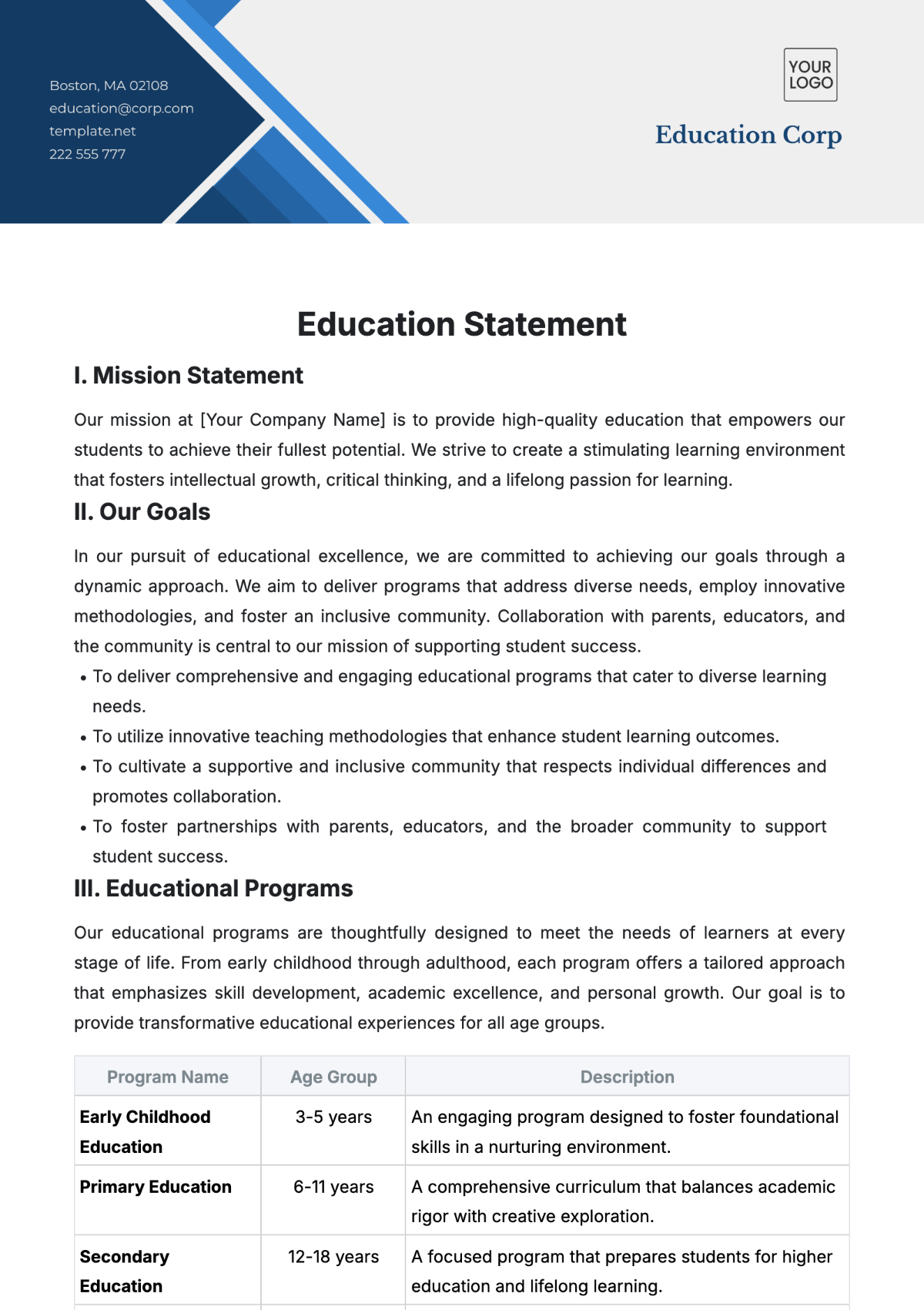Teaching Methodology
1. Introduction
Teaching Methodology is a systematic approach or set of strategies that educators use to facilitate learning and achieve educational goals. It includes the techniques, methods, and tools employed to deliver content effectively and engage students in the learning process.
2. Components of Effective Teaching Methodology
2.1 Understanding Learner Needs
To design an effective teaching methodology, it is crucial to understand the needs, preferences, and learning styles of the students. This includes:
Assessing Prior Knowledge: Evaluating the students' existing knowledge base on the subject.
Identifying Learning Styles: Recognizing whether students are visual, auditory, reading/writing, or kinesthetic learners.
Setting Learning Objectives: Establishing clear, measurable goals for student achievement.
2.2 Planning and Designing Instruction
Effective teaching requires careful planning and design. This phase includes:
Curriculum Design: Developing a comprehensive curriculum that aligns with educational standards and objectives.
Lesson Planning: Creating detailed lesson plans that outline objectives, materials, activities, and assessments.
Resource Selection: Choosing appropriate materials and resources, such as textbooks, technology, and multimedia.
2.3 Instructional Strategies
Employing a variety of instructional strategies ensures that content is delivered effectively and engages students in the learning process. Common strategies include:
Direct Instruction: Teacher-centered approach involving explicit teaching through lectures and demonstrations.
Collaborative Learning: Student-centered approach where students work together on projects or problem-solving tasks.
Inquiry-Based Learning: Encouraging students to ask questions, conduct investigations, and discover solutions.
Blended Learning: Combining traditional classroom methods with online and digital media.
2.4 Classroom Management
Effective classroom management ensures a conducive learning environment. Key aspects include:
Establishing Rules and Procedures: Setting clear expectations for behavior and routines.
Maintaining Discipline: Implementing strategies to manage disruptive behavior.
Creating a Positive Environment: Fostering a respectful and supportive classroom culture.
3. Assessment and Evaluation
Assessment and evaluation are critical to measuring student progress and the effectiveness of the teaching methodology.
3.1 Formative Assessment
Ongoing assessments to monitor student learning and provide feedback. Methods include:
Quizzes: Short, periodic tests to gauge understanding.
Observation: Monitoring student activities and participation.
Feedback: Providing constructive feedback on assignments and activities.
3.2 Summative Assessment
End-of-unit or term assessments to evaluate overall learning. Methods include:
Exams: Comprehensive tests covering the material taught.
Projects: In-depth assignments requiring research and application of knowledge.
Presentations: Oral presentations to demonstrate understanding and communication skills.
3.3 Self-Assessment
Encouraging students to evaluate their learning and set goals for improvement. Techniques include:
Reflection Journals: Writing about their learning experiences and challenges.
Peer Review: Evaluating each other's work to provide constructive feedback.
Goal Setting: Setting personal academic goals and planning steps to achieve them.
4. Utilizing Technology in Teaching
Incorporating technology enhances the teaching methodology by making learning more interactive and accessible.
4.1 Digital Tools
Integrating digital tools to support teaching and learning. Examples include:
Interactive Whiteboards: Engage students with interactive lessons and activities.
Learning Management Systems (LMS): Platforms like Moodle or Google Classroom for assignments, resources, and communication.
Educational Apps: Tools like Kahoot! or Quizlet for interactive quizzes and study aids.
4.2 Online Resources
Utilizing online resources to supplement instruction. Examples include:
Open Educational Resources (OER): Free, openly licensed educational materials.
Video Lessons: Sites like Khan Academy or YouTube for video explanations and tutorials.
Virtual Labs: Simulated lab experiments and activities for subjects like science.
4.3 Blended Learning Models
Combining face-to-face instruction with online learning to create a flexible and engaging learning environment. Approaches include:
Flipped Classroom: Students watch video lectures at home and engage in hands-on activities in class.
Station Rotation: Students rotate between different learning stations, including online and offline activities.
Enriched Virtual Model: Blending online coursework with limited face-to-face instruction.
5. Professional Development
Continuous professional development is essential for educators to stay updated with the latest teaching methodologies and improve their skills.
5.1 Workshops and Training
Participating in workshops and training sessions to learn new teaching techniques and strategies.
5.2 Collaborative Learning
Engaging with other educators through professional learning communities (PLCs) to share experiences and resources.
5.3 Self-Study
Reading educational research, journals, and books to stay informed about current trends and best practices in education.
6. Conclusion
In summary, effective teaching methodology is essential for creating a productive and engaging learning environment. By understanding learner needs, carefully planning and designing instruction, employing diverse instructional strategies, and managing the classroom effectively, educators can significantly enhance the educational experience. Assessment and evaluation play a crucial role in measuring progress and refining teaching practices, while technology offers valuable tools to make learning more interactive and accessible.
Ongoing professional development ensures that educators remain at the forefront of best practices and emerging trends, allowing them to continuously improve their teaching methods. By integrating these components, educators can foster a dynamic and supportive learning environment that meets the diverse needs of students and helps them achieve their full potential.












